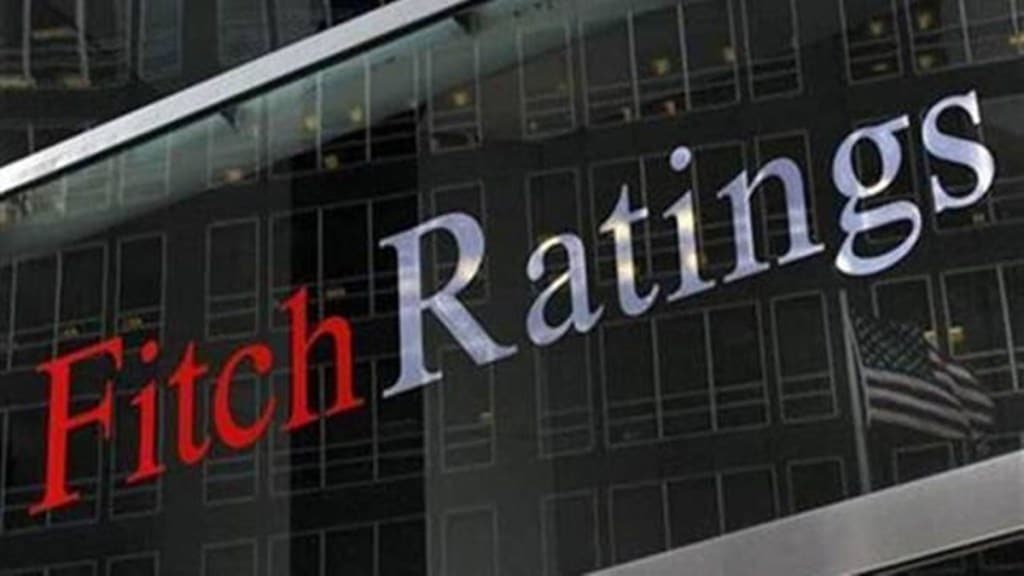Citing an expected fiscal deterioration over the next three years together with an erosion of governance and a growing general debt burden, Fitch Ratings on Tuesday downgraded the United States’ long-term foreign currency issuer default rating to AA+ from AAA with a stable outlook. Economists have been quick to point out the downgrade is unwarranted. While there is reason to be concerned about the elevated levels of the US deficit over the long term, they do not doubt the US’ ability to service this debt. The US economy, they point out, has been far more resilient than anticipated, contrary to expectations it would slip into a recession. Real GDP increased at an annual rate of 2.4% in the second quarter of 2023, according to an advance estimate, on the back of an increase of 2% in the first quarter.
Going by the experience in 2011, when S&P pruned its rating of the US, the markets shouldn’t take Fitch’s downgrade to heart. That downgrade did not have a long-term impact and, by the end of the year, yields on government debt had retraced their highs. This time too, it’s unlikely the downgrade will see banks or other investors reduce their reliance on Treasuries or the dollar which should continue to remain the safe-haven currency. The world may be a different place today with more regional trade groupings, but in both the Chinese and European economies are slowing. Indeed, Fitch had hinted in May it might consider a downgrade, but there has been little impact on treasuries or the dollar. Moreover, Moody’s still maintains its top rating for the US. As most economists have observed, at this point, it is the inflation trajectory and the consequent action by the US Federal Reserve that are more relevant for the US economy and which will decide the movements in interest rates and the currency.
Indeed, the reaction post the announcement has been limited in the bond and currency markets but more pronounced in the equities markets. On Wednesday, the dollar index, which tracks the currency against six peers, stood 0.23% higher at 102.24, just shy of Tuesday’s three-week high of 102.43 while US treasury yields were up about 5 basis points. This suggests some money could be moving to safe haven assets like the dollar. The announcement did, however, roil stocks markets across Asia and risk was taken off the table in Europe too. In India, the Sensex gave up close to 1,000 points intra-day. However, this appears to be more of a knee-jerk reaction and the mixed corporate results could also be one reason for the correction.
From India’s point of view, it is important the US economy recovers given that it is a big trading partner; in fact, the biggest in FY23, at $128.55 billion. Already, exports of goods declined 15.1% year-on-year in Q1FY24, succumbing to the slump in global import demand from the US, the EU and China. Services exports are particularly vulnerable to a slowdown in the US economy; the US and the EU account for 80% of the total services exports from India. To that extent, the rising hopes of a soft landing for the US economy augur well for India. The climbing crude oil prices notwithstanding, India’ economic fundamentals are sound and the long-term growth potential is high. As such, we should continue to see strong portfolio flows as also direct investments.

